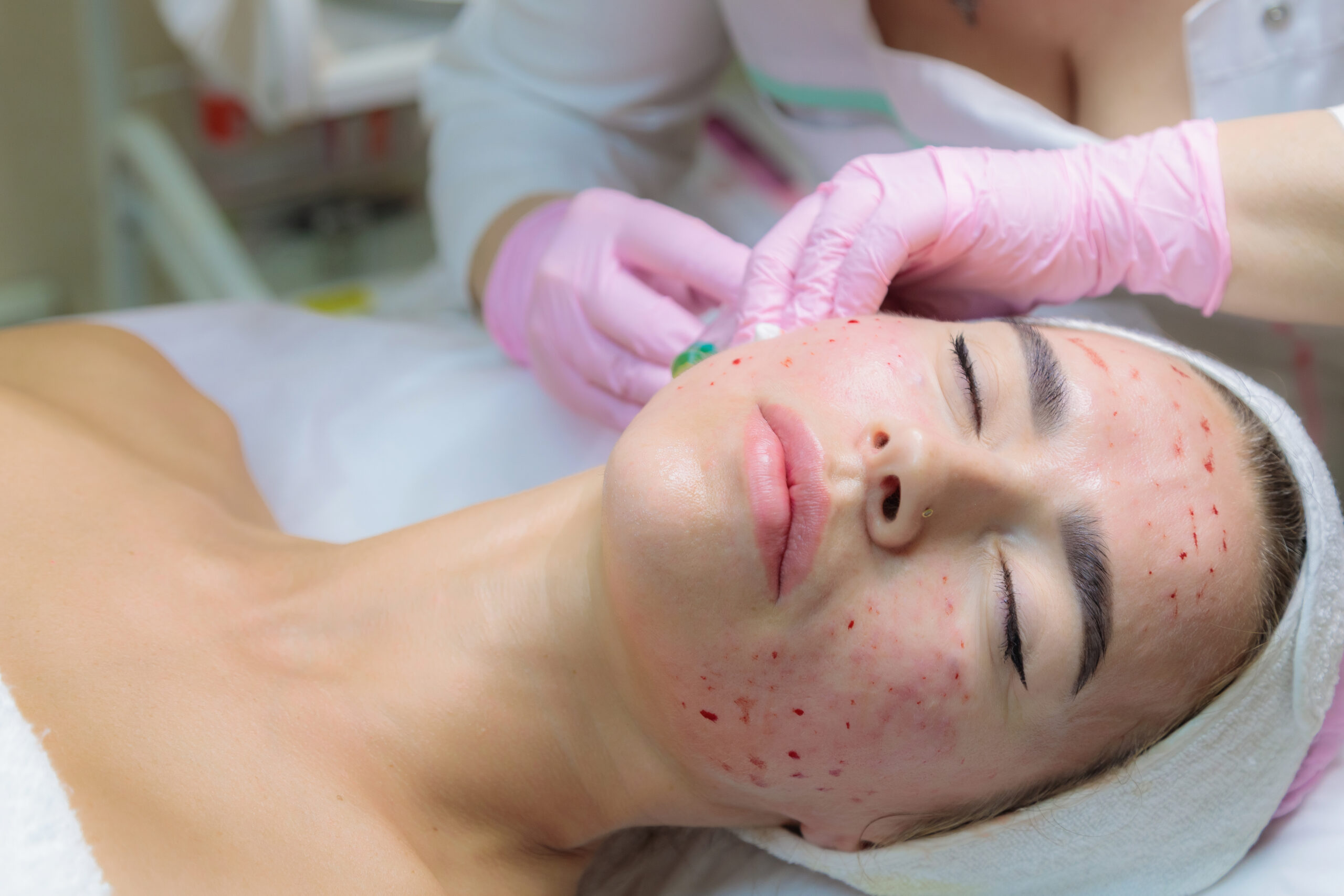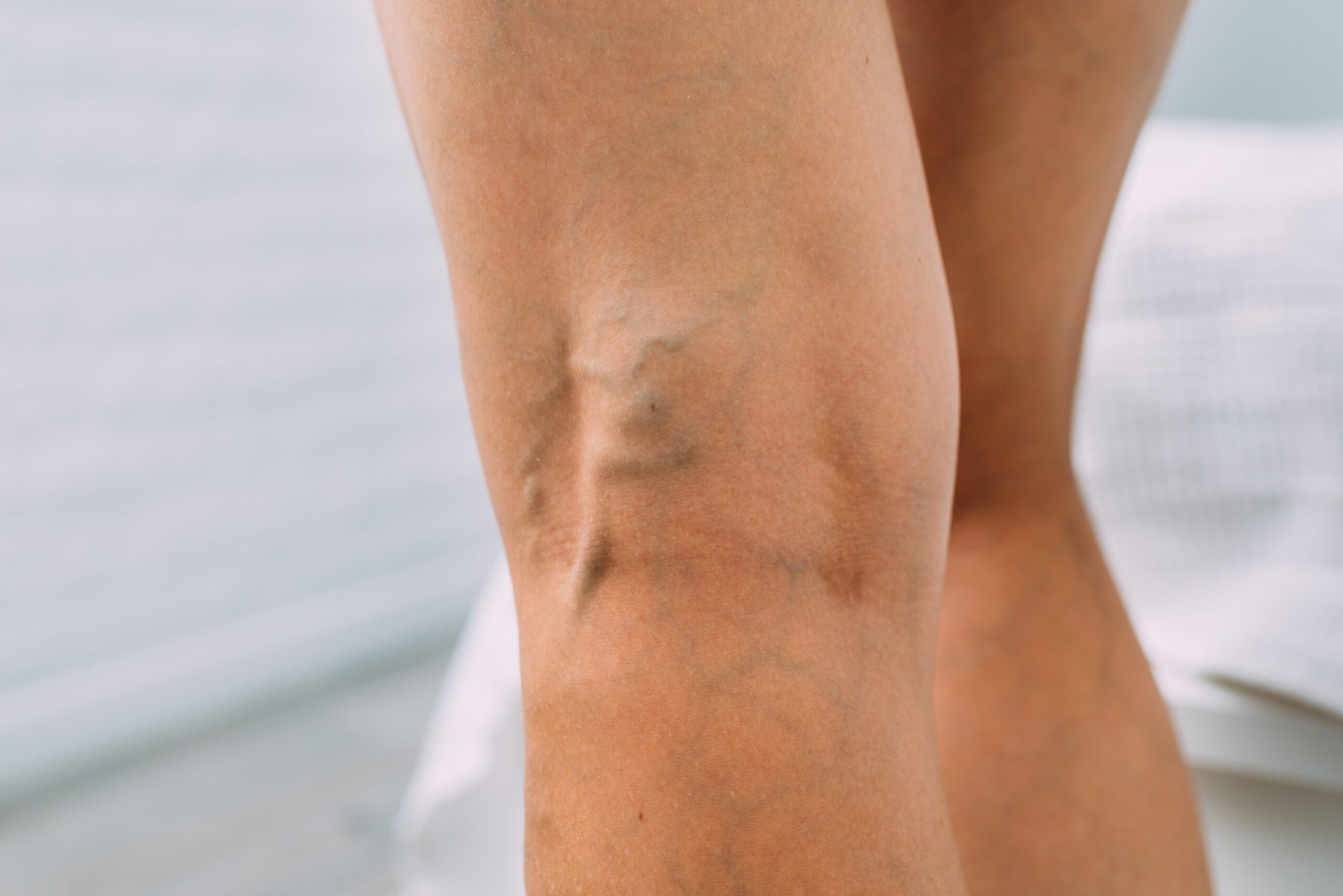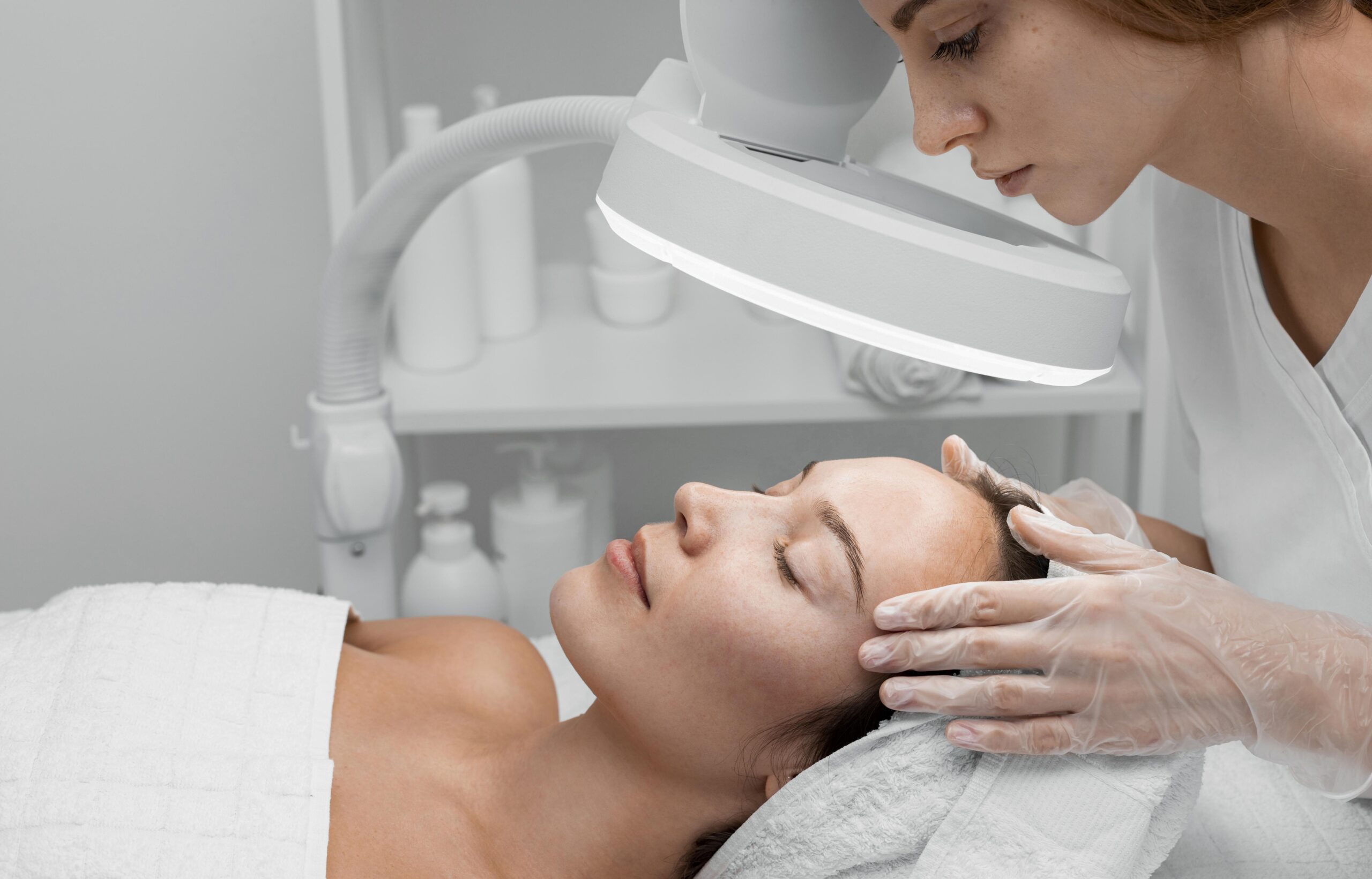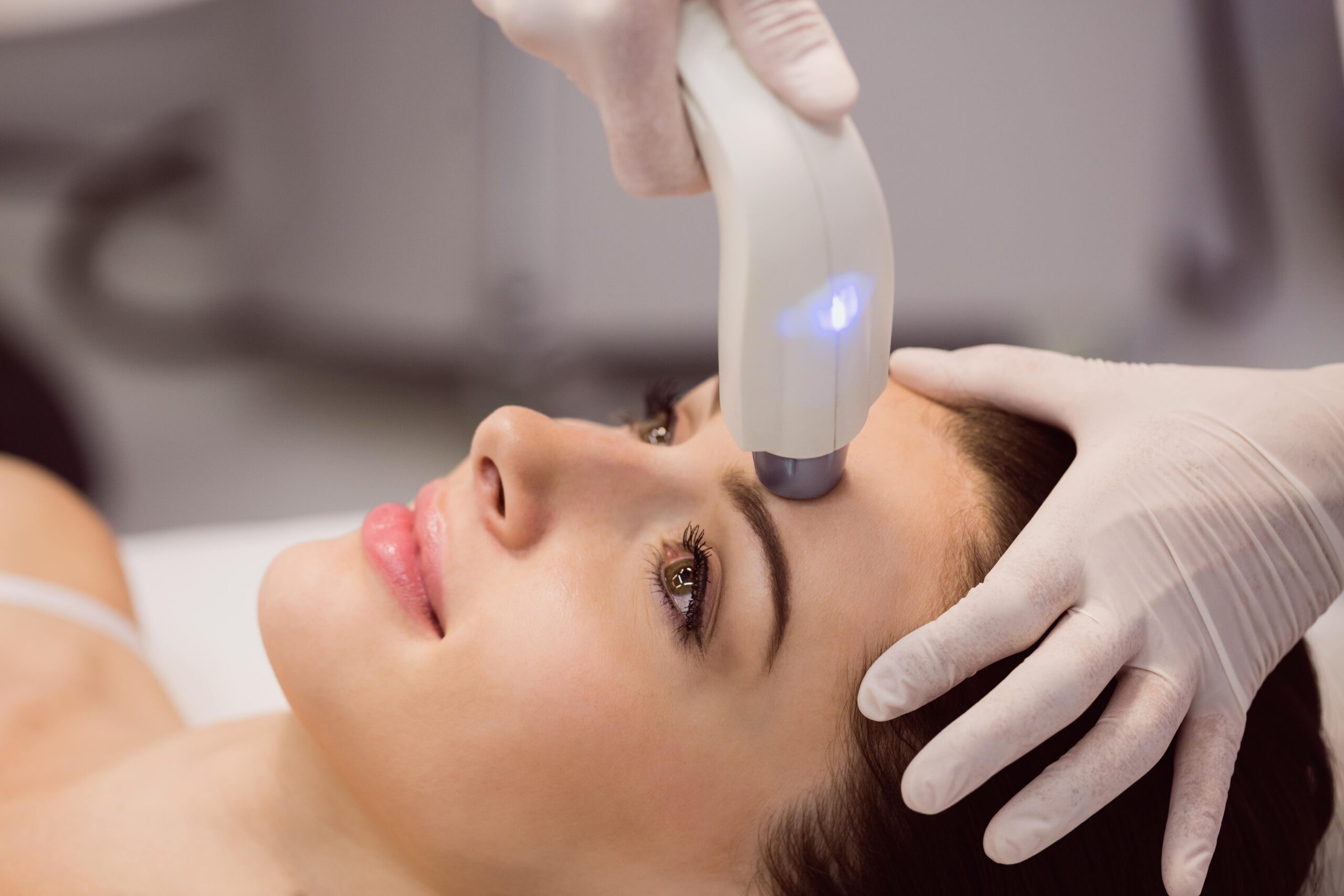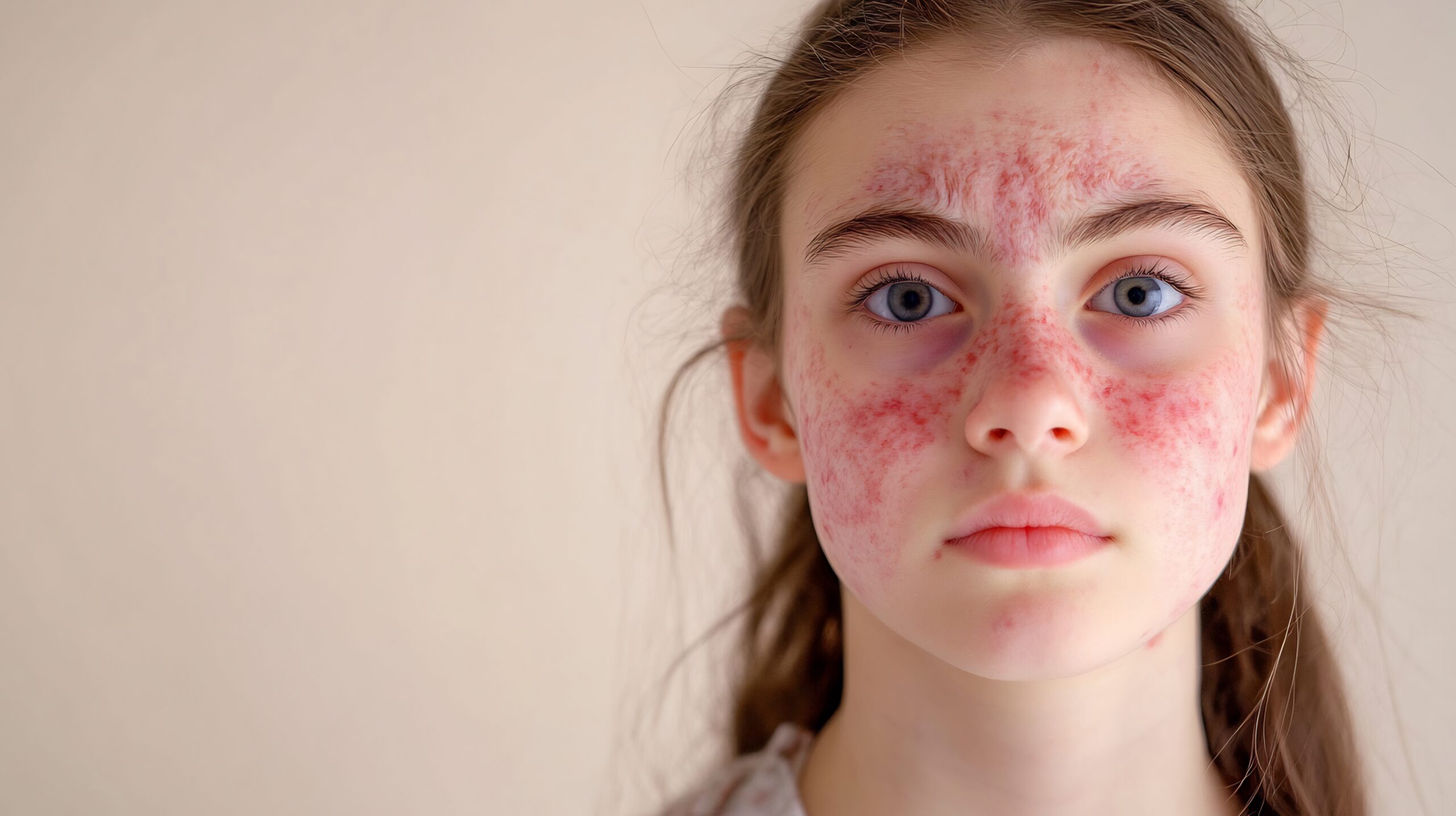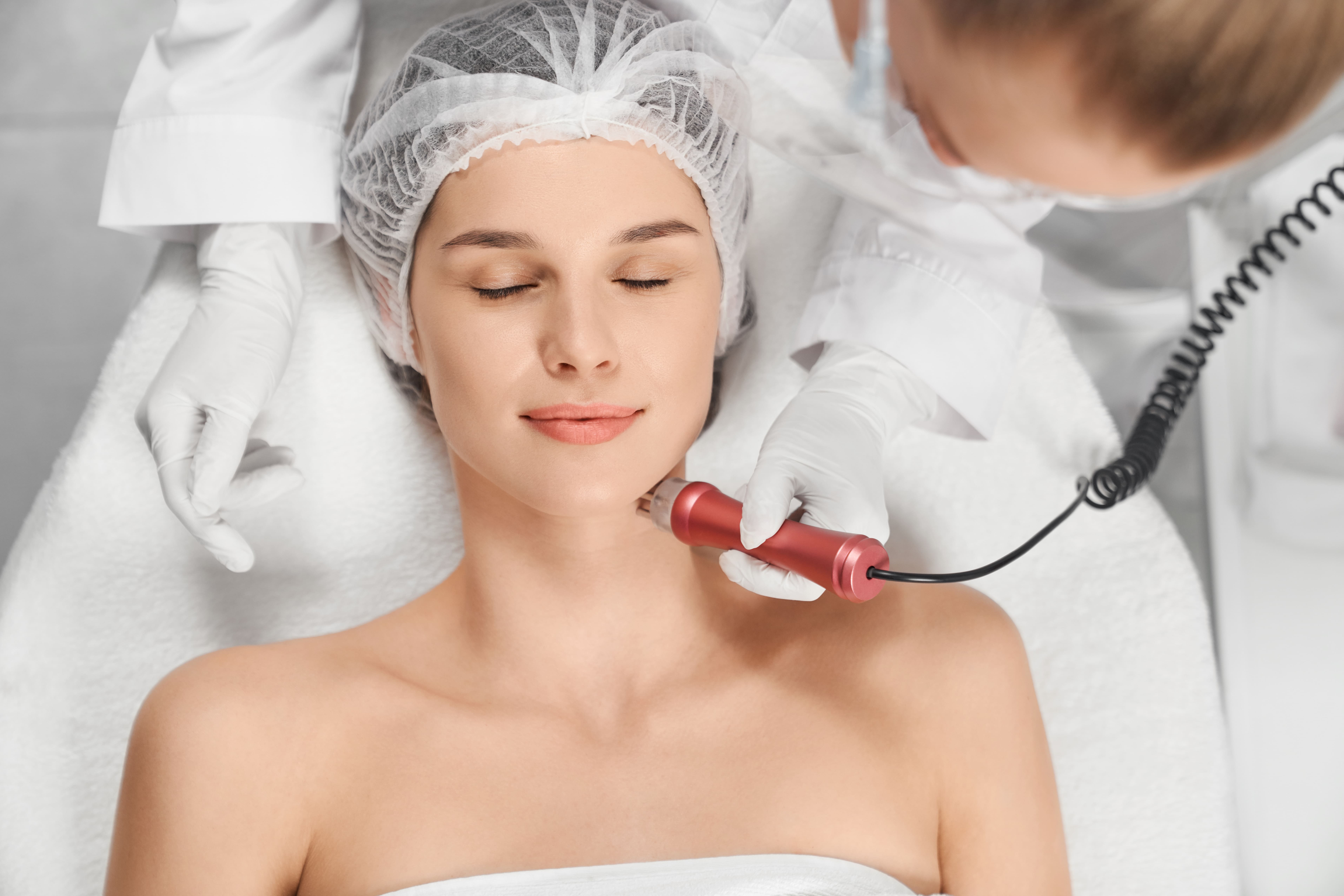Freckles are small, concentrated spots of melanin, the pigment responsible for our skin, hair, and eye color. While they can be a charming feature for many, understanding their causes and characteristics is essential for managing and appreciating them better.
What Are Freckles?
Freckles are flat, small brown spots typically found on sun-exposed areas of the skin, such as the face, shoulders, and arms. These spots are due to an increase in melanin production, the natural pigment that gives skin its color. Freckles are most common among people with lighter skin tones, although individuals with different complexions can also have them.
Causes of Freckles
- Genetic Factors:
The primary cause of freckles is genetics. People with fair skin and light hair or red hair are more prone to developing freckles. The MC1R gene is associated with the development of freckles, regulating melanin production. When exposed to the sun, individuals with this gene are more likely to produce freckles as a protective response to UV radiation.
- Sun Exposure:
Sun exposure is a significant factor in the appearance and darkening of freckles. UV rays from the sun trigger the production of melanin, which can cause existing freckles to become darker or lead to new ones. This is why freckles often become more noticeable in the summer months and fade during the winter.
Characteristics of Freckles
Freckles can vary in appearance depending on several factors:
- Color: Freckles are typically light brown, but their color can range from yellowish to reddish-brown and black, depending on the individual’s skin tone and exposure to sunlight.
- Size and Shape: Freckles are usually small, about the size of the head of a pin, but they can vary in size and shape.
- Location: They often appear on sun-exposed areas such as the face, neck, shoulders, and arms.
Prevention and Care
Although freckles are a natural and often hereditary feature, some measures can be taken to manage their appearance:
1. Sun Protection: One of the most effective ways to prevent freckles is to minimize sun exposure. This can be achieved by wearing sunscreen with an SPF of 30 or higher, donning protective clothing, and seeking shade during peak sun hours.
- Avoiding Tanning Beds: Tanning beds emit UV rays, which can increase melanin production and, consequently, freckles.
- Skincare Routine: Maintaining a healthy skincare routine, including regular exfoliation and the use of products containing vitamin C or retinoids, can help lighten freckles and even out skin tone.
At Callidora Laser Clinic, we offer personalized skincare solutions tailored to your needs, including treatments that address the appearance of freckles. Our experienced team can provide professional guidance on protecting your skin from sun damage and managing freckles effectively.
Whether you have a few or a face full of freckles, understanding their causes and characteristics can help you appreciate and care for your skin better. Embrace your freckles, protect your skin, and stay informed about the best practices for maintaining a healthy complexion. We are dedicated to providing comprehensive skincare solutions tailored to your unique needs. Contact us to learn more about our skincare services.


